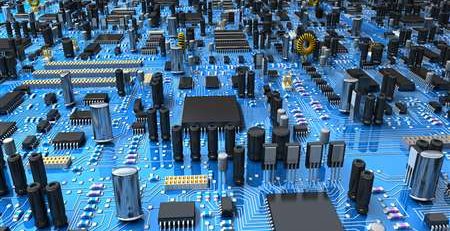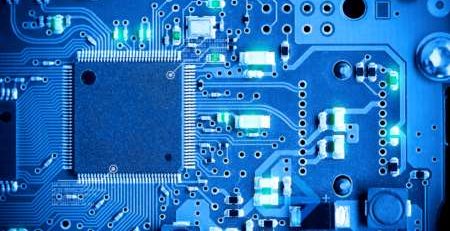How do mainstream IGBT modules evolve
IGBT modules is very suitable for converter systems with DC voltages above 600V, such as AC motors, frequency converters, switching power supplies, lighting circuits, traction drives and other fields.
In 1979, MOS-gate power switching devices emerged as the basis for the IGBT concept. This device exhibits a thyristor-like structure (composed of four layers of P-N-P-N), which is characterized by a V-shaped groove gate formed by a strong alkaline wet etching process.
In the mid-1990s, the trench gate structure returned to a new concept of IGBT, which is a new etching process realized by silicon dry etching technology borrowed from the large-scale integration (LSI) process, but it is still a punch-through ( PT) type chip structure. [4] In this trench structure, an improvement in the trade-off between on-state voltage and off-time is achieved.

heavy and straight structure of silicon chips has also undergone a sharp transformation, first using a non-punch-through (NPT) structure, and then changing to a weak punch-through (LPT) structure, which enables the safe operating area (SOA) to be improved similar to the evolution of the surface gate structure. .
In 1996, CSTBT (Carrier Storage Trench Gate Bipolar Transistor) enabled the realization of the 5th generation IGBT module [6], which adopted a weak punch-through (LPT) chip structure and a more advanced wide cell spacing the design of. New concepts of IGBT devices including a “reverse blocking” (reverse resisting) function or a “reverse conducting” (reverse conducting) function are being studied for further optimization.
The power of IGBT module is driven by IC, various driving protection circuits, high-performance IGBT chips, and new packaging technology, from composite power module PIM to intelligent power module IPM, power electronic building block PEBB, and power module IPEM. PIM is developing towards high voltage and high current, and its product level is 1200-1800A/1800-3300V. In addition to IPM used for variable frequency speed regulation, 600A/2000V IPM has been used in electric locomotive VVVF inverters. The planar low-inductance packaging technology is a PEBB with a high-current IGBT module as an active device, which is used for missile launchers on ships.
IPEM adopts co-fired ceramic multi-chip module technology to assemble PEBB, which greatly reduces circuit wiring inductance and improves system efficiency. The second generation of IPEM has been successfully developed, in which all passive components are buried in the substrate in a buried layer. Intelligent and modularization has become a hot spot for IGBT development.
The high-current and high-voltage IGBT has been modularized. In addition to the above-mentioned discrete components, its drive circuit has also produced an integrated IGBT-specific drive circuit. Its performance is better, the reliability of the whole machine is higher and the volume is smaller.










